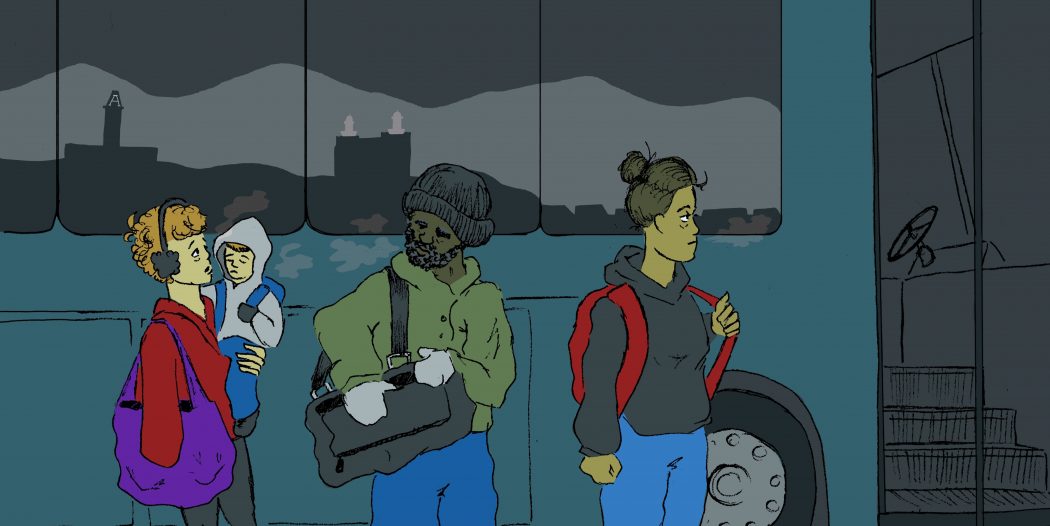Opinion: To change the climate around homelessness in Logan, the city should take responsibility
At 4 a.m. on Jan. 23 of this year, a number of volunteers from the Cache Valley area spent their morning traveling in teams to interview homeless individuals in the community for the U.S. Department of Housing and Urban Development’s (HUD) annual Point-In-Time survey. Data collection may be a crucial part of assessing the scope of homelessness in our communities, but our attempts to simply outline the degree to which our peers are struggling is only as valuable as the resources we make available to them, and Cache Valley is falling far short of providing adequate resources.
Cache County is home to a little over 127,068 people, per the most recent census data. As Logan remains the most population dense area in Cache County, it also remains important to understand that bussing our homeless community members down to the closest shelter in Ogden may not be the most efficient or effective long-term solution, especially for people who’ve lived in Logan for quite a while. If someone becomes homeless after living much of their life in Logan, it would be counterintuitive to go so far from other resources they may be more familiar with, including friends, family members, etc.
Not only might the lack of shelter facilities be costing human lives during the coldest months of the year, but it turns out that it also costs the city of Logan money. In 2018, the state legislature passed a state law (SB 235) that requires all Utah cities and counties without homeless services to “redirect a portion of sales tax revenue to cities that do have homeless shelters.” When it passed, Logan’s finance director, Rich Anderson, stated that the city would take money from the low-income housing RDA fund to replace the loss of revenue – a total of $100,000.
Local news sources have clearly outlined a debate around how to best serve the Cache Valley community, spanning at least two years, with little to no resolution. In 2018, Bear River Association Government (BRAG) Homeless Coordinator Stefanie Jones made clear that taking money from affordable housing programs would be counter-intuitive to any effort to remedy homelessness in the area, but it remains unclear if Logan city officials have heeded her warning.
Ultimately, the recent Point-In-Time survey outlines that there are people in the Cache community that could use homeless services. This also does not include those that may have found themselves homeless in Cache Valley and been forced to leave for the Ogden shelter services before the survey took place.
While the city attempts to list services such as CAPSA’s (Citizens Against Physical and Sexual Abuse) shelter to save themselves money, the CAPSA shelter is limited to those seeking refuge from domestic violence and is not always available to the general homeless population. While it is possible for people to find themselves without shelter due to abusive relationships — situations that CAPSA does provide help for — non-profit organizations cannot be expected to bear the weight of an issue that does not fall within the capability of their resources. CAPSA does great work in the Logan community, and they deserve to work alongside other services designed specifically for the local homeless population.
While the official numbers from the Point-In-Time survey won’t be posted until August this year, the Leader identified that “more than half of unsheltered homeless households surveyed were families, and about 42% were experiencing homelessness for the first time.” A variance of factors contribute to homelessness in Utah, including divorce, job loss, mental illness and physical disability. But until we, as a community, can account for the variability in cause, there needs to be a centralized tool for all to use regardless of circumstance. Logan should start by building a shelter and then expand based on the needs that present themselves.


Say thank you to capitalism – every time you see a bum. Make sure bum does the same.
It should be a bonding experience.